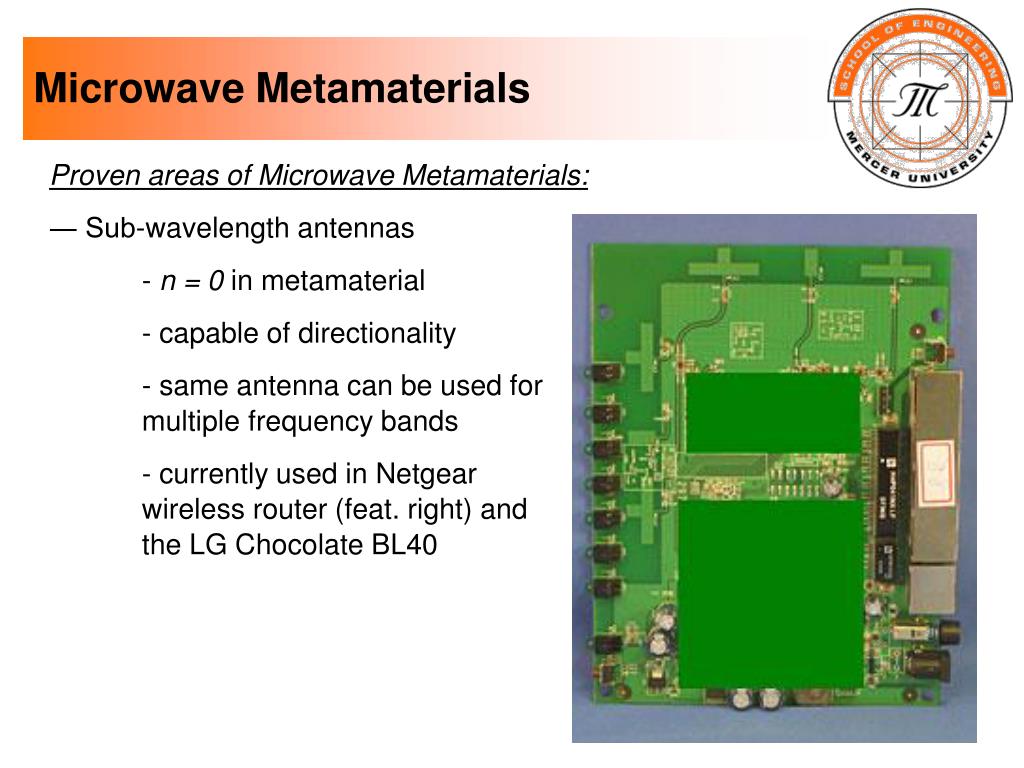
(NASDAQ: HOLX), which is focused on the development of medical devices related to women’s health, is working to improve the safety of current mammogram technology by offering a device that uses a low dosage of radiation in order to develop an image. For example, studies conducted by the Harvard School Of Public Health on decentralization in healthcare demonstrated the potential for decentralization to improve resource equity in medical systems. This move to “decentralize” the medical industry has proven to reduce costs and inefficiencies within the medical system. Today a number of medical research and technology companies are working to establish safer scanning methods capable of providing accurate and effective diagnostics without the need to attend a hospital or clinic. Modern medical diagnostic device technology While modern X-ray technology has greatly improved the accuracy and efficacy of mammograms, they still rely on ionizing radiation that can be dangerous to the body over time. According to BCC Research, the global market for medical imaging is expected to grow from $34.1 billion in 2018 to reach $43.6 billion by 2023 at a compound annual growth rate (CAGR) of 5.1 percent. As the leading cause of cancer deaths among women, breast cancer diagnosis and treatment has become a major sector within the medical industry. Millions of breast cancer patients are diagnosed each year, with over two million new cases reported in 2018. The use of x-ray imaging to detect breast cancer was suggested as soon as the early 1900s, but it was not until the 1960s that image quality improved enough for mammography to become an accepted technology. Six months later, they were being used to locate bullets and broken bones in wounded soldiers. Part 2 examines medical imaging including mammography and MRI, and Part 3 explores traumatic brain injury (TBI), concussion, and stroke. Part 1 covers the long-term trend toward point-of-care (POC) technologies and companies involved in diabetes management. This article is the second of a three-part series.

The Company is developing several applications which integrate this technology, including pain-free, non-invasive blood glucose monitoring for diabetics earlier breast cancer screening higher quality, lower cost MRI imaging and more rapid treatment of stroke.
#Meta materials and tesla skin
(CSE: MMAT) has developed metamaterial films which cancel skin reflections, increasing the signal to noise ratio. However, a fundamental challenge is that the skin reflects electromagnetic waves and prevents incoming signals from entering the body.

#Meta materials and tesla series
McCoy’s medical tricorder from the iconic Star Trek series is an ideal which medical researchers and device developers continue to pursue: a non-invasive, point-of-care, diagnostic tool, able to see inside the human body and make an immediate diagnosis.


 0 kommentar(er)
0 kommentar(er)
